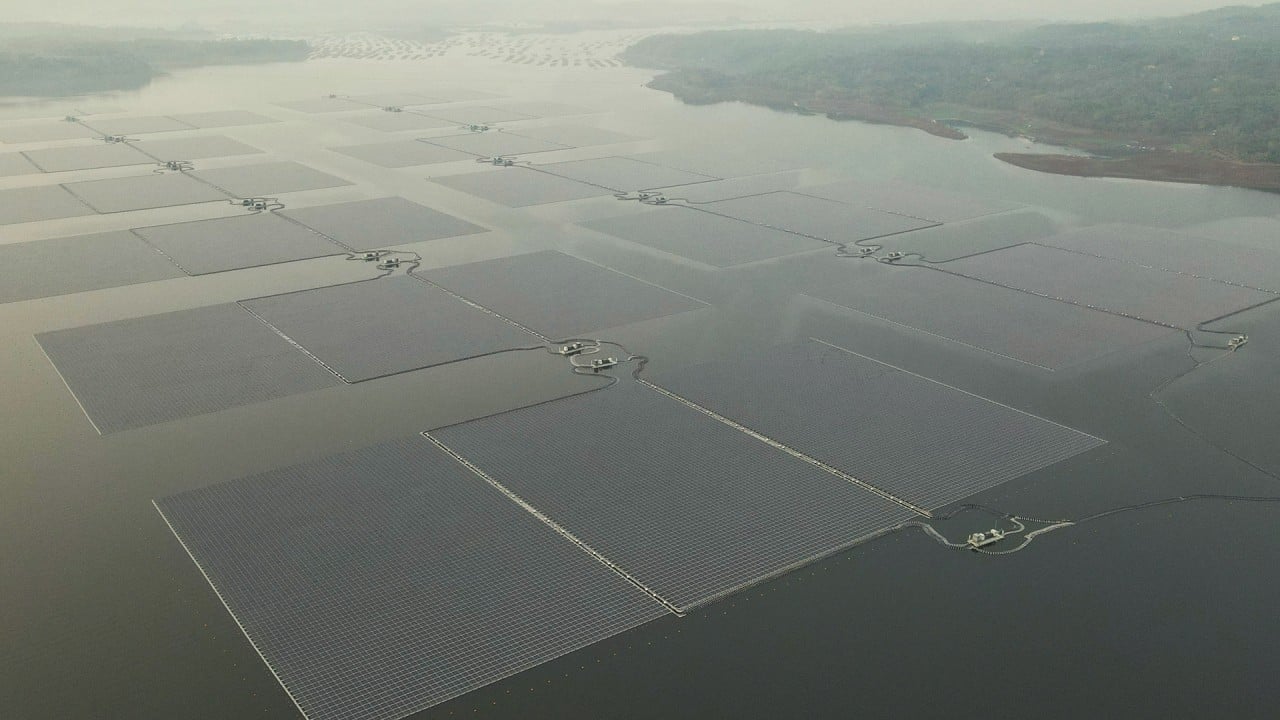Indonesia eyes ‘phenomenal’ geothermal power potential amid renewable energy push — but cost concerns remain
Experts, however, are split over whether the industry will be able to hit its ambitious goals to generate game-changing amounts of energy given the costs of exploratory drilling and insufficient government support for the industry.
At Cop28, the Indonesian government is looking to attract green investment. As the world’s sixth largest emitter of carbon dioxide, according to the European Commission’s Emissions Database for Global Atmospheric Research database, it faces strong pressure to decarbonise.
Backlash in Indonesia over ‘eco-friendly’ development in pristine Widi Islands
Backlash in Indonesia over ‘eco-friendly’ development in pristine Widi Islands
“People make money quite easily from coal, so they don’t think about anything else,” said Julfi Hadi, president director of Pertamina Geothermal Energy. “But geothermal is zero-carbon, reliable, and we have lots of it.”
PGE, Indonesia’s largest geothermal company, is leading the country’s efforts to market itself as being at the cutting edge of energy markets. It is using Cop28 to announce new carbon-credit projects.
The advantage of geothermal power is twofold, experts say. Firstly, it produces almost no carbon. Secondly, it can generate the same amount of energy around-the-clock, unlike wind and solar plants whose output depends on the weather.
I think all the presidential candidates are really thinking about the road map of renewables
Yet it remains a renewable energy source whose potential is more frequently spoken about than proven. Julfi’s company manages 80 per cent of Indonesia’s geothermal production and owns some power plants outright, operating others on behalf of outside companies.
A geologist by training with decades of experience in geothermal power, Julfi freely admits that the cheapness of fossil fuels and unsuitable regulations have held the industry back in the past. But he says all that is about to change.
“Now we need the green energy,” he said.
In March, PGE raised 9.06 trillion rupiah (US$587 million) via an initial public offering and is using the money to expand capacity, aiming to increase the amount of electricity it produces from 672MW to over 1,000MW by the second quarter of 2024.
Over the next five to six years, the company is aiming to increase output to 1,500MW or more, equivalent to powering another 900,000 or so homes.
Two new sites are being developed in partnership with Chevron and Mubadala Energy as technological breakthroughs – including better exploratory drilling – means development time could be slashed to just three or four years from nearly a decade previously.
Other energy experts remain sceptical about the time frame, with the government needing to either be willing to pay slightly more to cover the costs, or take the lead on the risky business of exploratory drilling.

“From my point of view, it is very difficult,” said Surya Darma, chair of the Indonesia Centre for Renewable Energy Studies and formerly PGE’s director of operations, citing regulatory difficulties and a lack of government support as some of the biggest challenges.
Julfi says the necessary changes have been slow to emerge for a new sector with vast potential.
“This is what the industry has been saying, but we’ve not been heard,” he said. Still, he remains optimistic, arguing a recent reform of electricity tariffs is a step in the right direction.
Price is also an issue. In Indonesia, geothermal energy can be 20 to 50 per cent more expensive than coal or solar power, depending on the technology used to tap it.
Indonesia struggles to tap volcanoes for geothermal power
Indonesia struggles to tap volcanoes for geothermal power
But investment by major global energy firms shows geothermal is now being taken seriously.
“Chevron coming back shows the market is opening up, capital will come in, and politicians will listen,” said Brommer of the International Geothermal Association.
“Next year will be a very important year,” Julfi said. “I think all the presidential candidates are really thinking about the road map of renewables. This is the time to set the next five years.”


